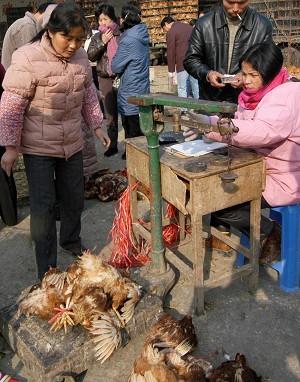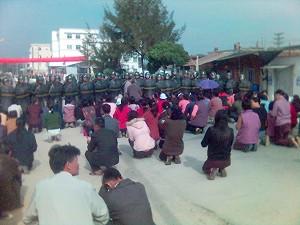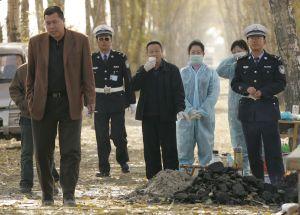BEIJING – The World Health Organisation urged China on Friday to pass on samples from its bird flu outbreaks in animals and said that human cases could be going unreported because of its weak healthcare system.
Shigeru Omi, WHO regional director for the Western Pacific, said no viruses had been made available from China’s 31 reported outbreaks in poultry this year, despite requests to the Ministry of Agriculture.
“If we received these samples from animals we would know what kind of changes the virus is undergoing, which is very, very vital in fighting against any potential pandemic,” Omi told a news conference.
“Time is of the essence,” he said.
Scientists fear the H5N1 strain of the virus could change from a disease that affects mostly birds into one that can pass easily between people, sparking a pandemic.
Two people have died from bird flu in China, out of 73 known fatalities in Asia. China has had four other confirmed human cases who survived the disease.
Omi commended China’s Health Ministry for sharing data on samples from humans but said it was unclear why more animal viruses were not being shared.
China was widely criticised in 2003 for its cover-up of the SARS virus, contributing to its eventual spread to 8,000 people around the world.
“Anyone’s Guess”
Omi said that there was no evidence of a similar cover-up of bird flu, but a lack of training and capacity in the countryside meant human cases were probably under-reported. This contradicts the findings several bird flu experts such as Hong Kong virologist Guan Yi, who said he has “direct evidence” that there the virus is commonplace in China, but that Chinese authorities are working hard to block his research.
Guan and Omi agree on the very limited scope of bird flu surveillance in China. “The quality of the surveillance is not sufficiently good. That is a fact. So therefore in my view it is conceivable that the system could miss some of the cases,” said Omi.
“I don’t know how many. It’s anybody’s guess.”
During his five days in China, Omi visited the village in the central province of Hunan where a nine-year-old boy survived the disease, and said there was no awareness there about how to avoid infection or about the threat of a global pandemic.
“The boy that I met, he did not know anything about this,” Omi said.
“For him, chickens are friends, so he touched. But if he had known about this, he may have avoided them,” he said, adding the family’s stock of about 20 birds had died of the disease.
The boy’s dead sister is a suspected case.
One of the major challenges in fighting the disease in China is that about 70 percent of its poultry are spread across backyard farms, meaning a massive effort would be required to educate villagers throughout the country.
Most of China’s human bird flu cases were also not treated with Tamiflu, the frontline anti-viral drug, either because it was not available quickly enough to be effective or because the cases were not identified soon enough. The drug is most effective within the first 48 hours of illness.
Omi also said that, despite findings published in the New England Journal of Medicine that showed bird flu had developed resistance to Tamiflu in two patients in Vietnam, the WHO was not changing its policy on the drug.
“Tamiflu is still effective and we still recommend the stockpile of Tamiflu,” he said.
Nonetheless, its use should be carefully monitored to see whether the virus was evolving in a way that it was developing resistance to the drug, Omi said.
Additional reporting by The Epoch Times




Friends Read Free